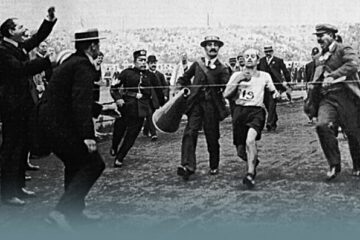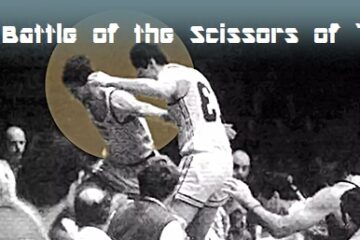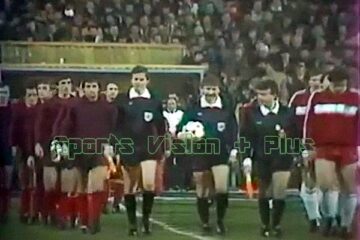The “La Paz” Team Air Tragedy in Bolivia!
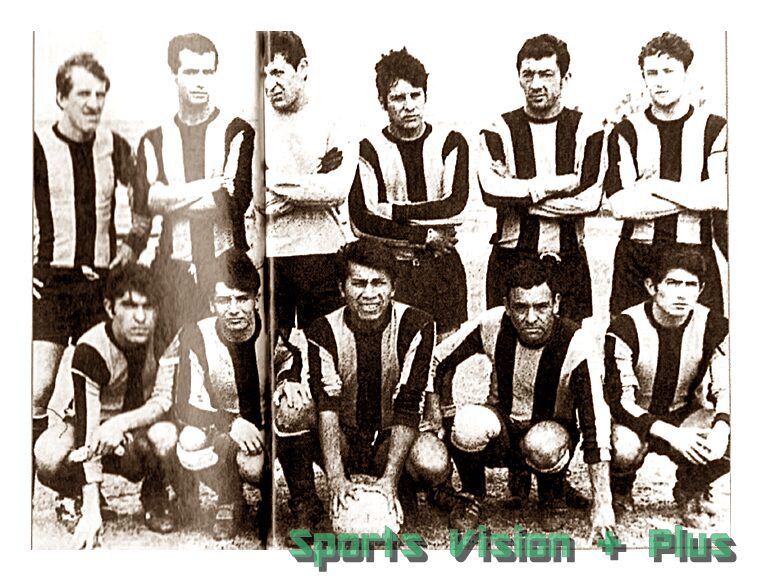
It is the evening of September 26, 1969, twenty years and a few weeks have passed since the disaster that wiped out the Grande Torino.
In the Bolivian skies, a DC-6 of the Lloyd Aéreo Boliviano company is en route from Santa Cruz to the capital La Paz. Among the passengers is almost the entire Bolivian team The Strongest of La Paz, one of the most famous clubs in the country (16 national titles in the cabinet), returning from a friendly match in Santa Cruz.
For circumstances that will never be fully clarified, the pilot suddenly loses control of the aircraft, which crashes in a mountainous region called La Chancha, near the mining center of Viloco, about 100 kilometers from La Paz.
The impact is terrible: 69 passengers die, including 19 “Tigers of La Paz”, according to the nickname of the members of the yellow and black club.
When rescuers arrive, the scene is horrifying. In the immense tragedy, an entire football team, the most famous in the country, has been wiped off the face of the earth. The emotional backlash of the news is enormous, given the club’s popular following.
Never before, the Bolivian newspapers would write a few days later, had the country been so completely moved by a tragedy. Testimonies of solidarity came from every corner of Bolivia and the loss of almost the entire squad even raises fears that the rich history of the Strongest, which began on April 8, 1908, could have ended with this immense disaster.
Which saw Orlando Cáceres (Paraguayan), Armando Angelacio (Paraguayan) fall. Julio Diaz, Jorge Tapia, Hernán Andretta (Argentine), Miguel Angel Porta (Argentine), Héctor Marchetti (Argentine), Diógenes Torrico, Oscar Flores, Fernando Durán, Eduardo Arrigó (Argentine), Juan Iriondo, Germán Alcázar, Osvaldo Franco, Roberto Farfán and Ernesto Villegas, as well as Eustaquio Ortuño (coach) and his technical staff collaborators José Ayllón and Felipe Aguilar. Only three Gallone players were saved, not having boarded the cursed plane due to physical problems: Rolando Vargas was suffering from a bad flu, Luis Gini (Paraguayan) was recovering from an injury and Marco Antonio Velasco was in plaster.
Even more fortuitous was the circumstance that saved the life of Air Force General Alberto Alarcón, who was leading the delegation: a yellow-black fan, Oscar Guzmán, who had followed the team, had to return urgently and had begged him to sit on the plane because he could not insistently leave his seat to him because he was going to be late for work. An endless crowd marched for two days toward the Metropolitan Cathedral of La Paz where the funeral wake was held, and thousands of Bolivians accompanied the mortal remains to the cemetery.
Fortunately, the Strongest did not die. In the midst of the tragedy, a club director stepped into the spotlight, taking on the task of raising the “Tiger” from its ashes.
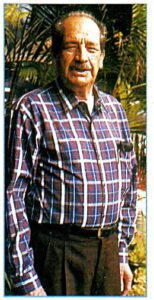
His name was Rafael Mendoza and together with a group of friends who were very attached to the yellow and black colors he got to work, receiving expressions of solidarity first from the historic rivals of Bolivar, then from the Bolivian Football Federation, from FIFA and from the South American Football Confederation and from several clubs on the continent, some of which were Argentine, such as River Plate and Boca Juniors.
The latter, on the idea of its president Alberto J. Armando, organized a charity match in Buenos Aires and lent the Bolivian team two players from the youth team, Luis Fernando Bastida and Victor Hugo Romero. “Armando made an exceptional gesture,” Mendoza later recalled. “He told me: go to La Candela (Boca’s training ground). There you will find a group of twenty of the best young players of the club. Choose the three you like the most. As for the others, choose as many as you want.”
From nothing, the new The Strongest was born and under the guidance of “Don Rafo” it returned to greatness, winning the national title several times and standing out in recent years for the creation of a model sports center, built in the Achumani residential area. Over thirty years after the La Chancha tragedy, the Strongest is more alive and vital than ever.
(September 2000)
By Marino Bartoletti
Calcio 2000 / N. 34 – September 2000 / Pag. 24-25
Translated to English by: Pjerin Bj
(Personal collection of the magazine)
__________________________
Sports Vision + Plus / Champions Hour in activity since 2013
Discover more from Sports Vision +
Subscribe to get the latest posts sent to your email.


